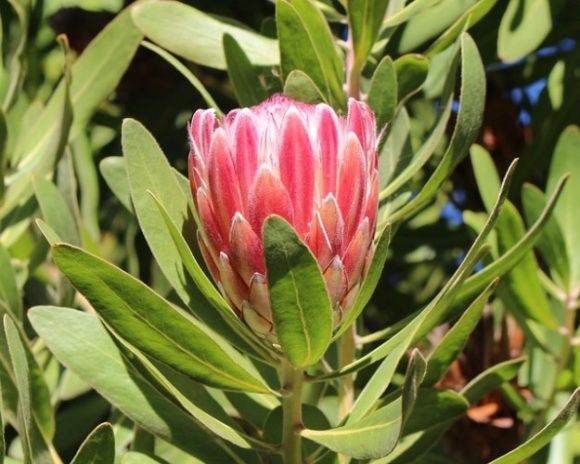All posts tagged true sugarbush
Common Sugarbush, The Honey Flower
Protea repens, also known as the common sugarbush, true sugarbush or sugarbush, is an evergreen flowering shrub belonging to the protea genus. It is native to South Africa and highly popular around the world. In the US, the shrub mostly grows in plant hardiness zones 8 to 11. Continue reading [...]

